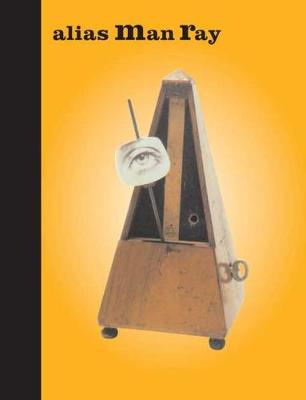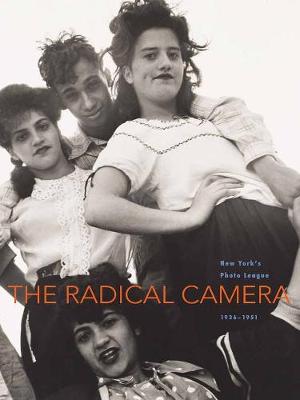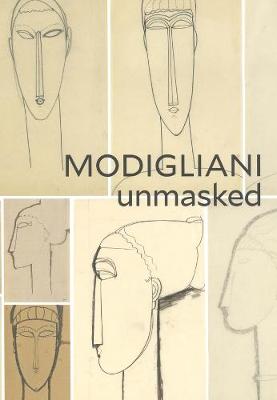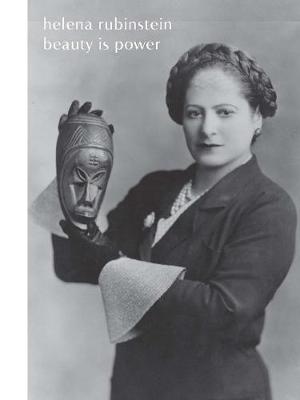The Jewish Museum New York CoPublication series (YUP)
4 total works
“[An artist] so deforms the subject as almost to hide the identity of the original, and creates a new form.”—Man Ray
Born Emmanuel Radnitzky, the artist known as Man Ray (1890–1976) revealed multiple artistic identities over the course of his career—New York Dadaist, Parisian Surrealist, international portraitist, and fashion photographer––and produced important works as a photographer, painter, filmmaker, writer, and maker of objects. Alias Man Ray considers how the artist’s life and career were shaped by his turn-of-the-century American Jewish immigrant experience and his lifelong evasion of his past.
As an exploration of the artist’s deliberate cultural ambiguity, which allowed him to become the first American artist to be accepted by the Paris avant garde, this book examines the dynamic connection between Man Ray’s working-class origins, his assimilation, the evolution of his art, and his willful construction of his own artistic persona, as evidenced in a series of subtle, encrypted self-references throughout the artist’s career. Beautifully illustrated, Alias Man Ray will stand as a definitive study of an incomparable figure in 20th-century art.
Published in association with The Jewish Museum
Exhibition Schedule:
The Jewish Museum, New York (November 15, 2009 – March 14, 2010)
An in-depth look at the influential Photo League, whose blend of aesthetics and social activism advanced modern photography
Artists in the Photo League, active from 1936 to 1951, were known for capturing sharply revealing, compelling moments from everyday life. Their focus centered on New York City and its vibrant streets—a newsboy at work, a brass band on a bustling corner, a crowded beach at Coney Island. Though beautiful, the images harbor strong social commentary on issues of class, child labor, and opportunity. The Radical Camera explores the fascinating blend of aesthetics and social activism at the heart of the Photo League, tracing the group's left-leaning roots and idealism to the worker-photography movement in Europe. Influenced by mentors Lewis Hine, Berenice Abbott, and Paul Strand, artists in the Photo League worked within a unique complex comprising a school, a darkroom, a gallery, and a salon, in which photography was discussed as both a means for social change and an art form. The influence of the Photo League artists on modern photography was enormous, ushering in the New York School.
Presenting 150 works of the members of the Photo League alongside complementary essays that offer new interpretations of the League's work, ideas, and pedagogy, this beautifully illustrated book features artists including Margaret Bourke-White, Sid Grossman, Morris Engel, Lisette Model, Ruth Orkin, Walter Rosenblum, Aaron Siskind, W. Eugene Smith, and Weegee, among many others.
Published in association with The Jewish Museum, New York, and Columbus Museum of Art
Exhibition Schedule:
The Jewish Museum, New York
(11/06/11-03/25/12)
Columbus Museum of Art
(04/19/12–09/09/12)
Contemporary Jewish Museum, San Francisco
(10/11/12-01/21/13)
Norton Museum of Art, Palm Beach
(03/15/13–06/16/13)
One of the great artists of the 20th century, Amedeo Modigliani (1884–1920) is celebrated for revolutionizing modern portraiture, particularly in his later paintings and sculpture. Modigliani Unmasked examines the artist’s rarely seen early works on paper, offering revelatory insights into his artistic sensibilities and concerns as he developed his signature style of graceful, elongated figures.
An Italian Sephardic Jew working in turn-of-the-century Paris, Modigliani embraced his status as an outsider, and his early drawings show a marked awareness of the role of ethnicity and race within society. Placing these drawings within the context of the artist’s larger oeuvre, Mason Klein reveals how Modigliani’s preoccupation with identity spurred the artist to reconceive the modern portrait, arguing that Modigliani ultimately came to think of identity as beyond national or cultural boundaries. Lavishly illustrated with the artist’s paintings and over one hundred drawings collected by Dr. Paul Alexandre, Modigliani’s close friend and first patron, this book provides an engaging and long overdue analysis of Modigliani’s early body of work on paper.
Published in association with the Jewish Museum, New York
Exhibition Schedule:
The Jewish Museum, New York
September 15, 2017 – February 4, 2018
Helena Rubinstein: Beauty Is Power traces the path of this remarkable early feminist and visionary art patron. In Rubinstein’s world, art and commerce blended seamlessly. She ornamented her salons and homes with splendid artworks—Surrealist murals, modernist portraits, Art Deco furniture, Venetian mirrors, and one of the era’s great collections of African and Oceanic art. Her understanding of beauty was similarly expansive and democratic: she saw the face as the site for self-expression and the exploration of identity. The Rubinstein beauty program thus included not only makeup and hairdressing, but also lessons in health, deportment, and culture. Such features, innovative at the time and wildly popular, today provide a fascinating glimpse into popular culture as it affected women in the 20th century.
Published in association with the Jewish Museum, New York
Exhibition Schedule:
Jewish Museum, New York
(10/31/14–03/22/15)
Boca Raton Museum of Art
(04/21/15–07/12/15)



